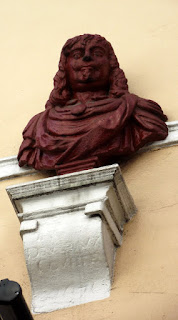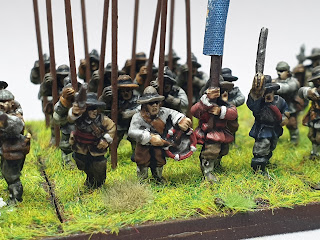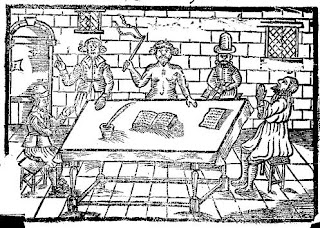Lord Spencer’s Regiment of Horse

Henry Spencer fought at Edgehill and was rewarded for his services (the £3000 he gave to the King was purely a coincidence) by being made 1st Earl of Sunderland (and in case you are wondering, yes he was a forebear of a certain Lady Diana). Lord Spencer's was part of the King's Oxford Army. Formed in 1643 they fought at Bristol, Cirencester (where they suffered very heavy losses, some sources suggest they were completely captured), and First Newbury where Lord Spencer was killed by a cannonball. The Regiment continued as Spencer's Regiment of Horse fighting at Lostwithiel, Second Newbury, Donnington, Langport, Torrington before surrendering at Truro in 1646. The Regiment was raised anew by Colonel Thomas Colepepper (who had previously been the Lieutenant Colonel of Spencer's, so presumably he became the Colonel on Spencer's death) in 1648 where they were involved in the events at Colchester. I have chosen them to carry Colepepper's cornet - bears...







